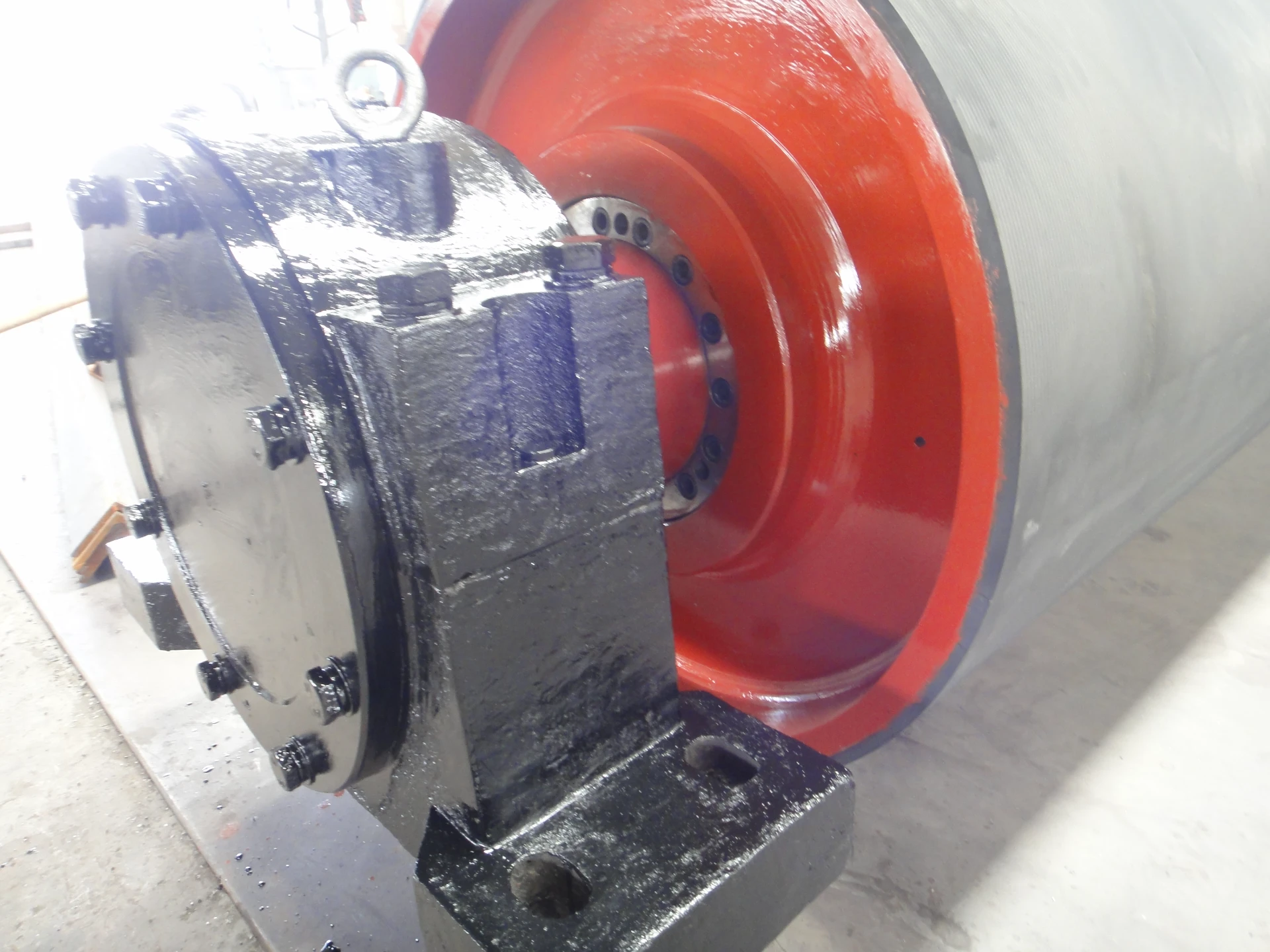 Afrikaans
Afrikaans  Albanian
Albanian  Amharic
Amharic  Arabic
Arabic  Armenian
Armenian  Azerbaijani
Azerbaijani  Basque
Basque  Belarusian
Belarusian  Bengali
Bengali  Bosnian
Bosnian  Bulgarian
Bulgarian  Catalan
Catalan  Cebuano
Cebuano  Corsican
Corsican  Croatian
Croatian  Czech
Czech  Danish
Danish  Dutch
Dutch  English
English  Esperanto
Esperanto  Estonian
Estonian  Finnish
Finnish  French
French  Frisian
Frisian  Galician
Galician  Georgian
Georgian  German
German  Greek
Greek  Gujarati
Gujarati  Haitian Creole
Haitian Creole  hausa
hausa  hawaiian
hawaiian  Hebrew
Hebrew  Hindi
Hindi  Miao
Miao  Hungarian
Hungarian  Icelandic
Icelandic  igbo
igbo  Indonesian
Indonesian  irish
irish  Italian
Italian  Japanese
Japanese  Javanese
Javanese  Kannada
Kannada  kazakh
kazakh  Khmer
Khmer  Rwandese
Rwandese  Korean
Korean  Kurdish
Kurdish  Kyrgyz
Kyrgyz  Lao
Lao  Latin
Latin  Latvian
Latvian  Lithuanian
Lithuanian  Luxembourgish
Luxembourgish  Macedonian
Macedonian  Malgashi
Malgashi  Malay
Malay  Malayalam
Malayalam  Maltese
Maltese  Maori
Maori  Marathi
Marathi  Mongolian
Mongolian  Myanmar
Myanmar  Nepali
Nepali  Norwegian
Norwegian  Norwegian
Norwegian  Occitan
Occitan  Pashto
Pashto  Persian
Persian  Polish
Polish  Portuguese
Portuguese  Punjabi
Punjabi  Romanian
Romanian  Russian
Russian  Samoan
Samoan  Scottish Gaelic
Scottish Gaelic  Serbian
Serbian  Sesotho
Sesotho  Shona
Shona  Sindhi
Sindhi  Sinhala
Sinhala  Slovak
Slovak  Slovenian
Slovenian  Somali
Somali  Spanish
Spanish  Sundanese
Sundanese  Swahili
Swahili  Swedish
Swedish  Tagalog
Tagalog  Tajik
Tajik  Tamil
Tamil  Tatar
Tatar  Telugu
Telugu  Thai
Thai  Turkish
Turkish  Turkmen
Turkmen  Ukrainian
Ukrainian  Urdu
Urdu  Uighur
Uighur  Uzbek
Uzbek  Vietnamese
Vietnamese  Welsh
Welsh  Bantu
Bantu  Yiddish
Yiddish  Yoruba
Yoruba  Zulu
Zulu Understanding Various Conveyor Roller Types for Efficient Material Handling Solutions
Different Types of Conveyor Rollers
Conveyor systems are essential in various industries, providing efficient material handling solutions across warehouses, factories, and distribution centers. A crucial component of these systems is the conveyor roller. Conveyor rollers come in several types, each designed to meet specific requirements and serve various functions within the conveyor system. Understanding the different types of conveyor rollers can significantly enhance operational efficiency and material handling processes.
1. Gravity Rollers
Gravity rollers are perhaps the simplest form of conveyor rollers. They rely on gravity to facilitate the movement of goods downhill on a sloped surface. These rollers are typically used in applications where a controlled flow of products is required, such as in packaging or assembly lines. Gravity rollers are compact, lightweight, and easy to install, making them a popular choice for setups that require flexibility and ease of maintenance.
2. Powered Rollers
Unlike gravity rollers, powered rollers are driven by a motor that pushes or pulls the conveyed materials along the system. These rollers can be used in a variety of applications, including heavy-duty systems that move large items or in automated warehouses. Powered rollers are available in various configurations, allowing for customized solutions that meet specific speed and load requirements. Some styles even offer variable speed options, improving operational flexibility.
Belt-driven rollers feature a belt that runs around the roller shafts, which helps to transfer power and movement to the conveyed items. This type of roller is commonly used in systems requiring precise control of products, such as in sorting or assembly operations. The design of belt-driven rollers minimizes slippage and ensures smooth handling of items, making them ideal for fragile or small products.
4. Chain-Driven Rollers
different types of conveyor rollers

Chain-driven rollers are similar to belt-driven rollers but utilize chains instead of belts to transfer motion. This type of roller is particularly well-suited for heavy loads and is often used in applications that require high visibility and strength. Chain-driven rollers are robust and durable, making them a preferred choice in industrial environments where heavy machinery or materials are commonplace.
5. Skate Wheel Rollers
Skate wheel rollers are designed with small wheels arranged in a row, offering a smooth surface for products to glide over. These rollers are highly effective for lightweight materials and are commonly used in shipping and logistics operations. Skate wheel systems are easy to install and dismantle, providing a flexible solution for dynamic material handling requirements.
6. Rubber Rollers
Rubber rollers have a coating of rubber or urethane that provides excellent grip and reduces slippage, making them suitable for moving items requiring careful handling. These rollers are often used to transport products that may be damaged by metal or hard surfaces. Rubber rollers also help to minimize noise during operation, making them ideal for environments where sound levels must be kept low.
7. Special Purpose Rollers
In addition to the conventional types mentioned, there are special purpose rollers designed for specific applications. For instance, stainless steel rollers are used in environments that require high levels of sanitation, like food processing and pharmaceutical sectors. Depending on the operational needs, these rollers can be coated or treated for additional durability and resistance to environmental factors.
In conclusion, selecting the right type of conveyor roller is crucial for optimizing efficiency and ensuring the smooth operation of material handling systems. Factors such as load capacity, surface type, and operational environment must all be considered when choosing the appropriate roller type. With the right selection, conveyor systems can significantly enhance productivity, reduce operational costs, and improve overall workflow in various industrial settings.
-
Trusted Conveyor Solutions from Leading Conveyor Idler Roller ManufacturersNewsJun.27,2025
-
Reliable Return Idler Solutions for Efficient Belt Conveyor SystemsNewsJun.27,2025
-
Precision Conveyor Accessories for Streamlined Material HandlingNewsJun.27,2025
-
High-Quality Belt Conveyor Idler Solutions for Efficient Material HandlingNewsJun.27,2025
-
High-Performance Belt Conveyor Pulleys for Reliable Material HandlingNewsJun.27,2025
-
Enhancing Material Handling EfficiencyNewsJun.27,2025





























